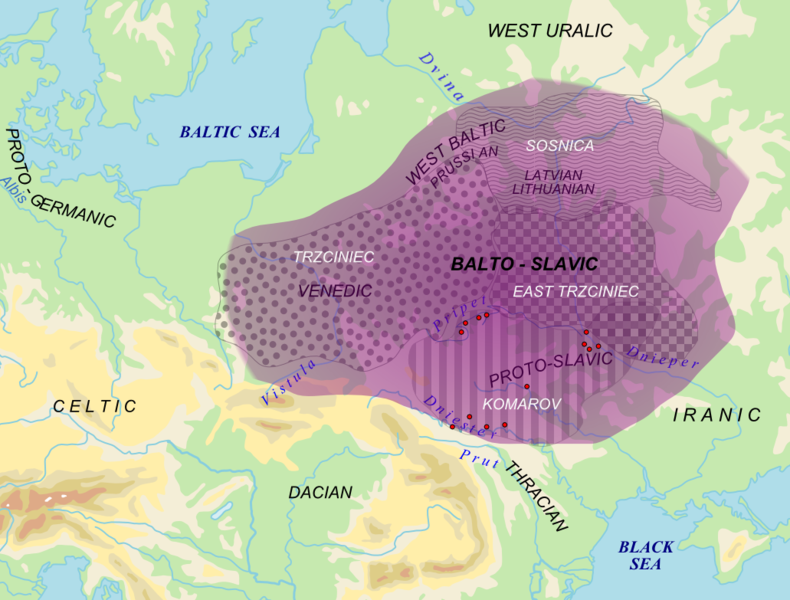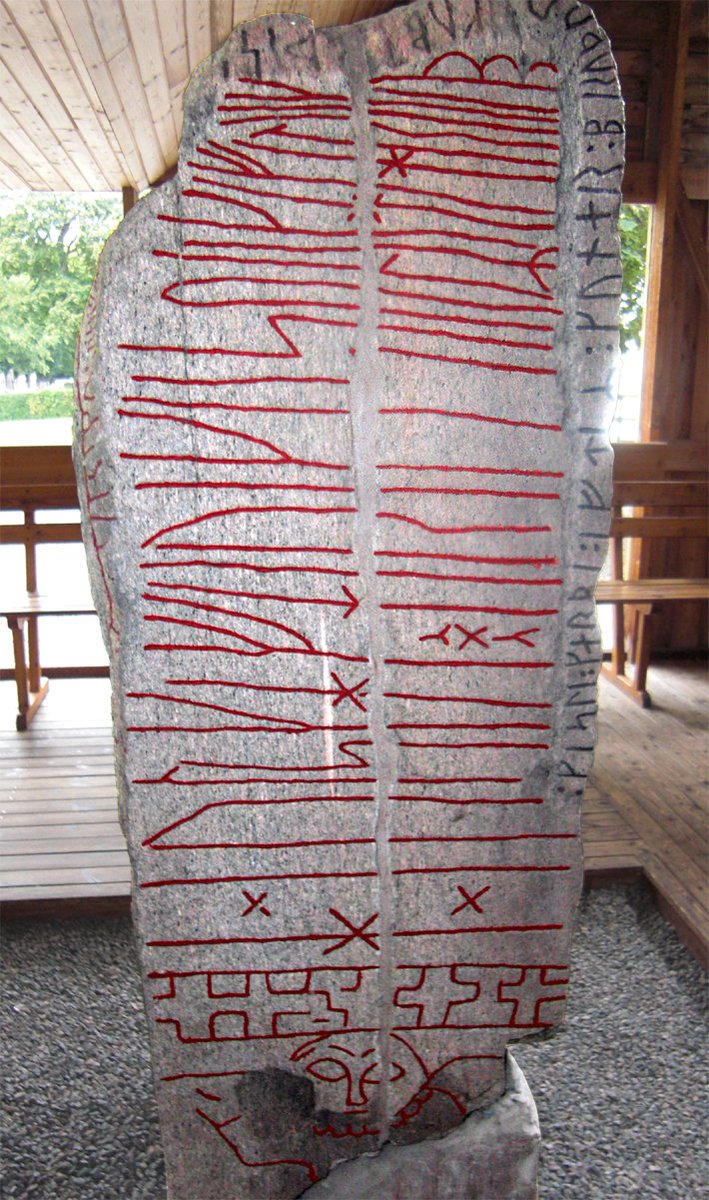Discover and read the best of Twitter Threads about #dialects
Most recents (5)
Daily Bookmarks to GAVNet 07/28/2021 greeneracresvaluenetwork.wordpress.com/2021/07/28/dai…
Particles from Paints, Pesticides Have Deadly Impact
cires.colorado.edu/news/particles…
#ParticulateMatter #paint #pesticides #AirPollution #consequences
cires.colorado.edu/news/particles…
#ParticulateMatter #paint #pesticides #AirPollution #consequences
Daily Bookmarks to GAVNet 06/07/2021 greeneracresvaluenetwork.wordpress.com/2021/06/07/dai…
Profile: Professor Joel David Hamkins
univ.ox.ac.uk/news/profile-p…
#philosophy #logic #mathematics #research #SetTheory
univ.ox.ac.uk/news/profile-p…
#philosophy #logic #mathematics #research #SetTheory
Around 3000 BCE in eastern #Europe, a Proto-Balto-Slavic #language started to diverge from #ProtoIndoEuropean.
The #Slavic branch of the #IndoEuropean #languages began about 2,000 years later when Proto-Slavic deviated from Proto-Balto-Slavic.
[Image: commons.wikimedia.org/wiki/File:Balt…]
The #Slavic branch of the #IndoEuropean #languages began about 2,000 years later when Proto-Slavic deviated from Proto-Balto-Slavic.
[Image: commons.wikimedia.org/wiki/File:Balt…]

As the #Slavic-speaking area expanded during the first millennium CE (striped area on map), Proto-Slavic transitioned to Common Slavic. The #language underwent minor changes that occurred mostly uniformly across eastern #Europe, thereby maintaining mutual intelligibility. 

Around the year 1000 CE #CommonSlavic began to split into the South, West, and East branches to which all modern #Slavic #languages belong.
Roughly 315m people speak a Slavic #language, mostly in Eastern #Europe (including the #Balkan peninsula), #CentralAsia, and #Siberia.
Roughly 315m people speak a Slavic #language, mostly in Eastern #Europe (including the #Balkan peninsula), #CentralAsia, and #Siberia.

In the early part of the first millennium CE, the #IndoEuropean language known as Proto-#Germanic diverged into an East branch (which included #Gothic) and a Northwest branch.
Northwest then split into West and North branches when Proto-#Norse developed in #Scandinavia.
Northwest then split into West and North branches when Proto-#Norse developed in #Scandinavia.

Until the 8th century, #Germanic #languages, including Proto-#Norse, were written in Elder Futhark, the earliest #runic #alphabet.
The name #Futhark comes from the initial phonemes in the names of the first six #runes:
ᚠ ᚢ ᚦ ᚨ ᚱ ᚲ
F U Þ A R K
The name #Futhark comes from the initial phonemes in the names of the first six #runes:
ᚠ ᚢ ᚦ ᚨ ᚱ ᚲ
F U Þ A R K
By the beginning of the #Viking Age around 800 CE, Proto-#Norse had evolved into Old Norse, and #Scandinavia's writing system transitioned from the 24 #runes of Elder #Futhark to Younger Futhark's 16 runes.
The #Swedish #Sparlösa #Runestone from ~800 CE features both #alphabets.
The #Swedish #Sparlösa #Runestone from ~800 CE features both #alphabets.

~2K indigenous Comox (aka K'ómoks) people live near the Strait of Georgia in #BritishColumbia, 🇨🇦#Canada.
Only a few dozen are native speakers of Comox (aka Saɬuɬtxʷ or ʔayʔaǰuθəm), which belongs to the Coast #Salish branch of the #Salishan family of #languages.
Only a few dozen are native speakers of Comox (aka Saɬuɬtxʷ or ʔayʔaǰuθəm), which belongs to the Coast #Salish branch of the #Salishan family of #languages.

~1.5K #Quinault people live in western #Washington, 🇺🇸#USA. The Quinault (Kʷínaył) #language belongs to the Coast #Salish branch of the #Salishan family of #languages. It has no known native speakers left, as the population has shifted to #English. 

#Halkomelem is an #indigenous #language with 100 to 300 speakers in #BritishColumbia, 🇨🇦#Canada and #Washington, 🇺🇸#US. It belongs to the Coast #Salish branch of the #Salishan family of #languages.
The #Cowichan are one of several peoples who originally spoke Halkomelem:
The #Cowichan are one of several peoples who originally spoke Halkomelem:

